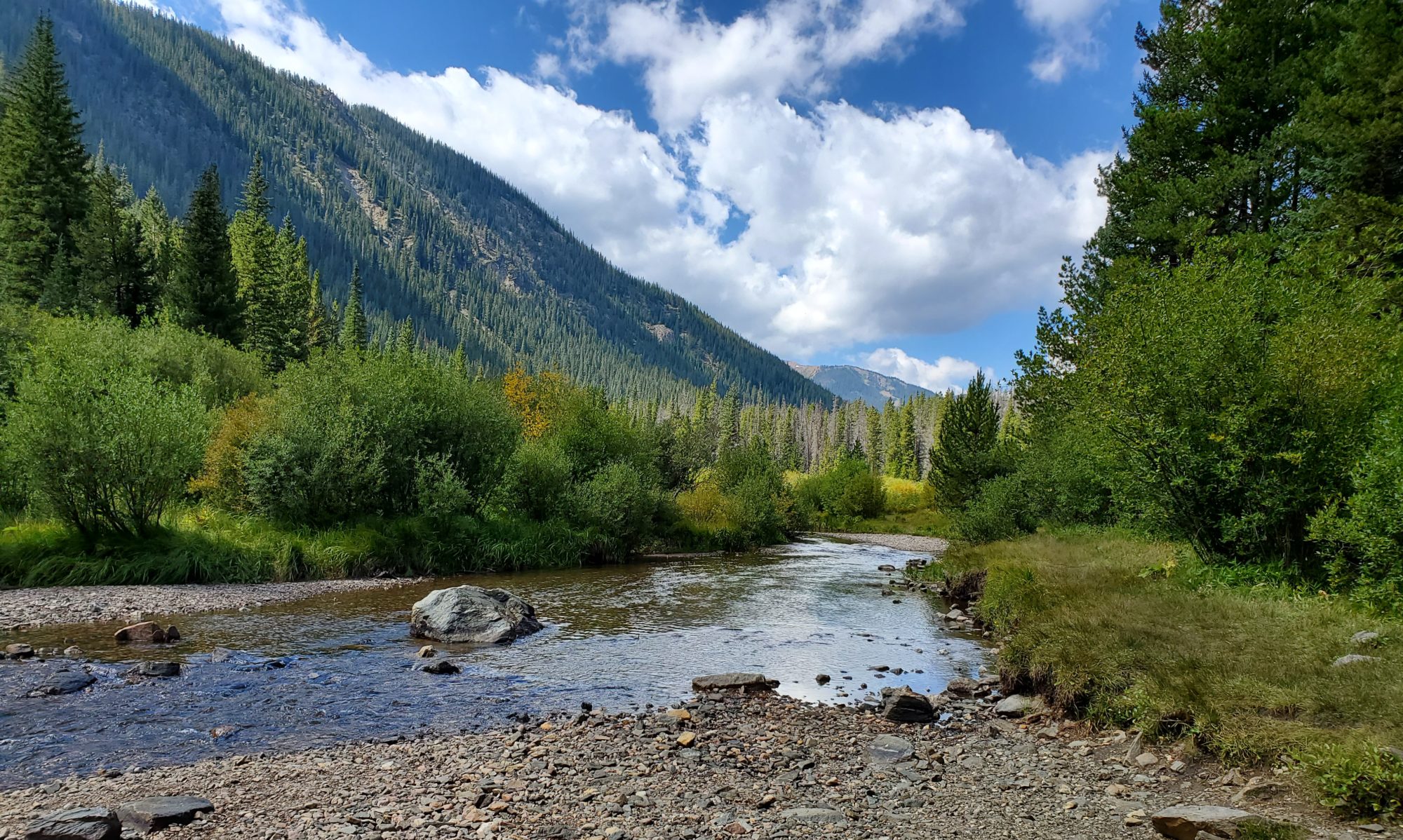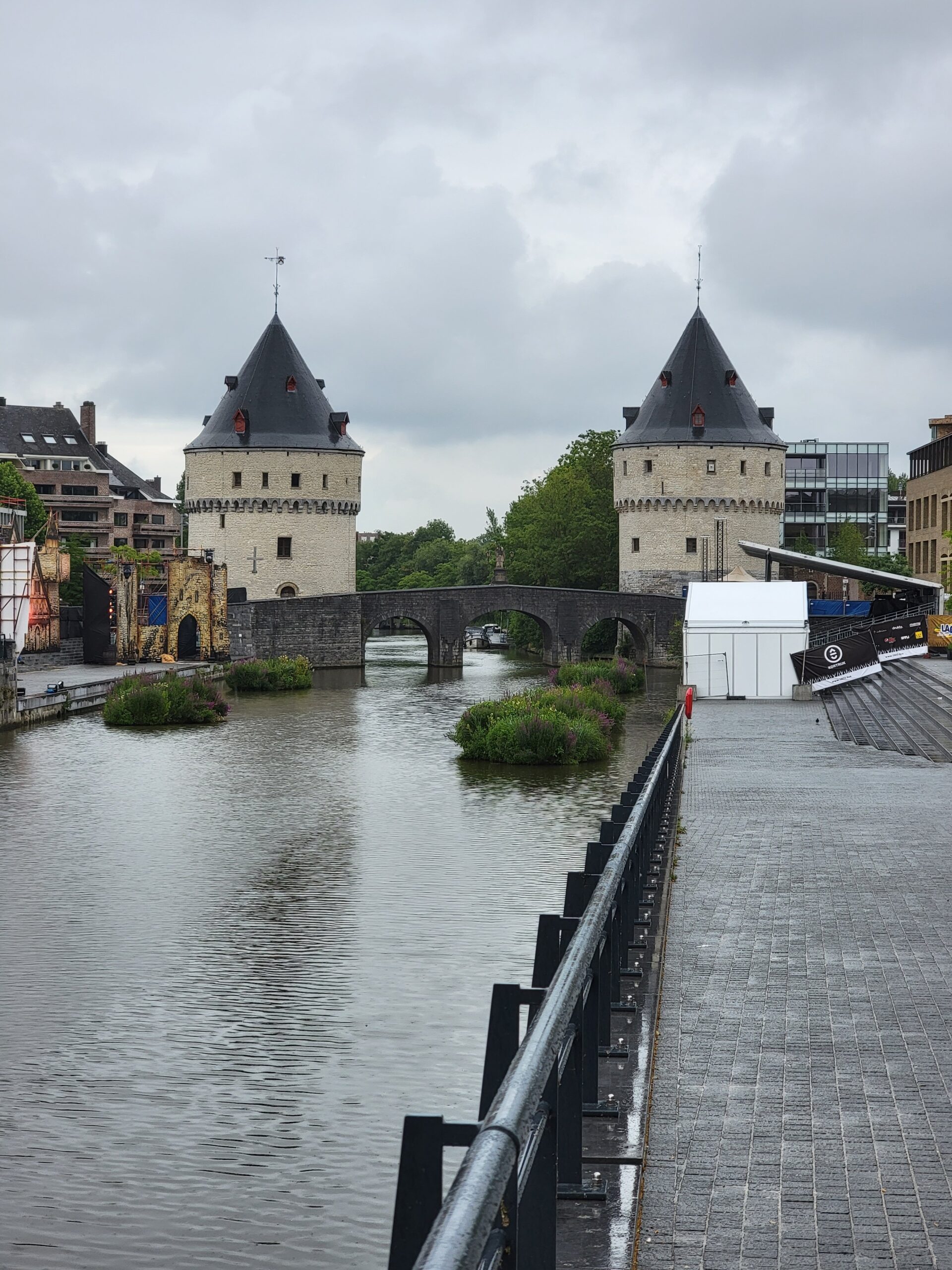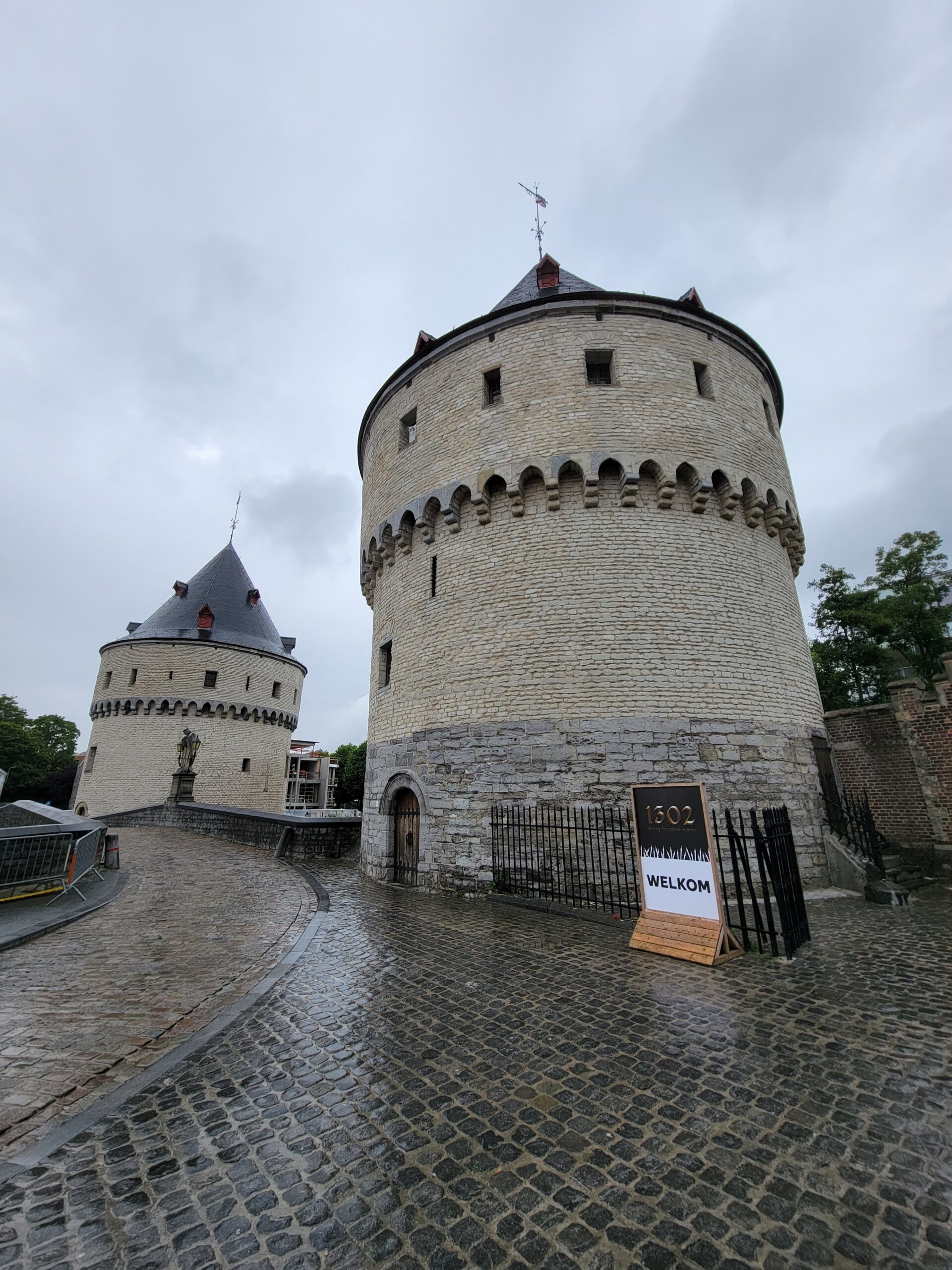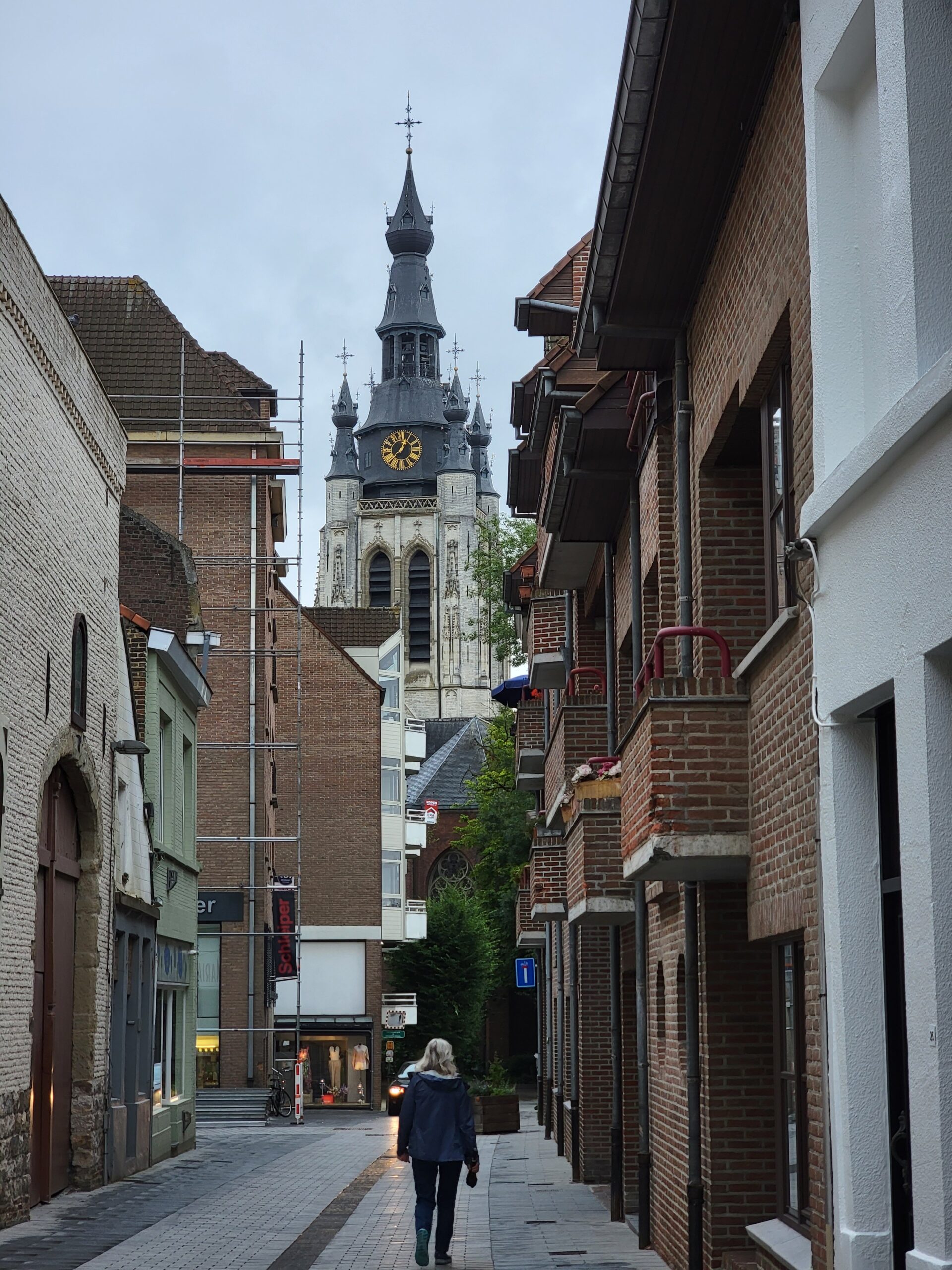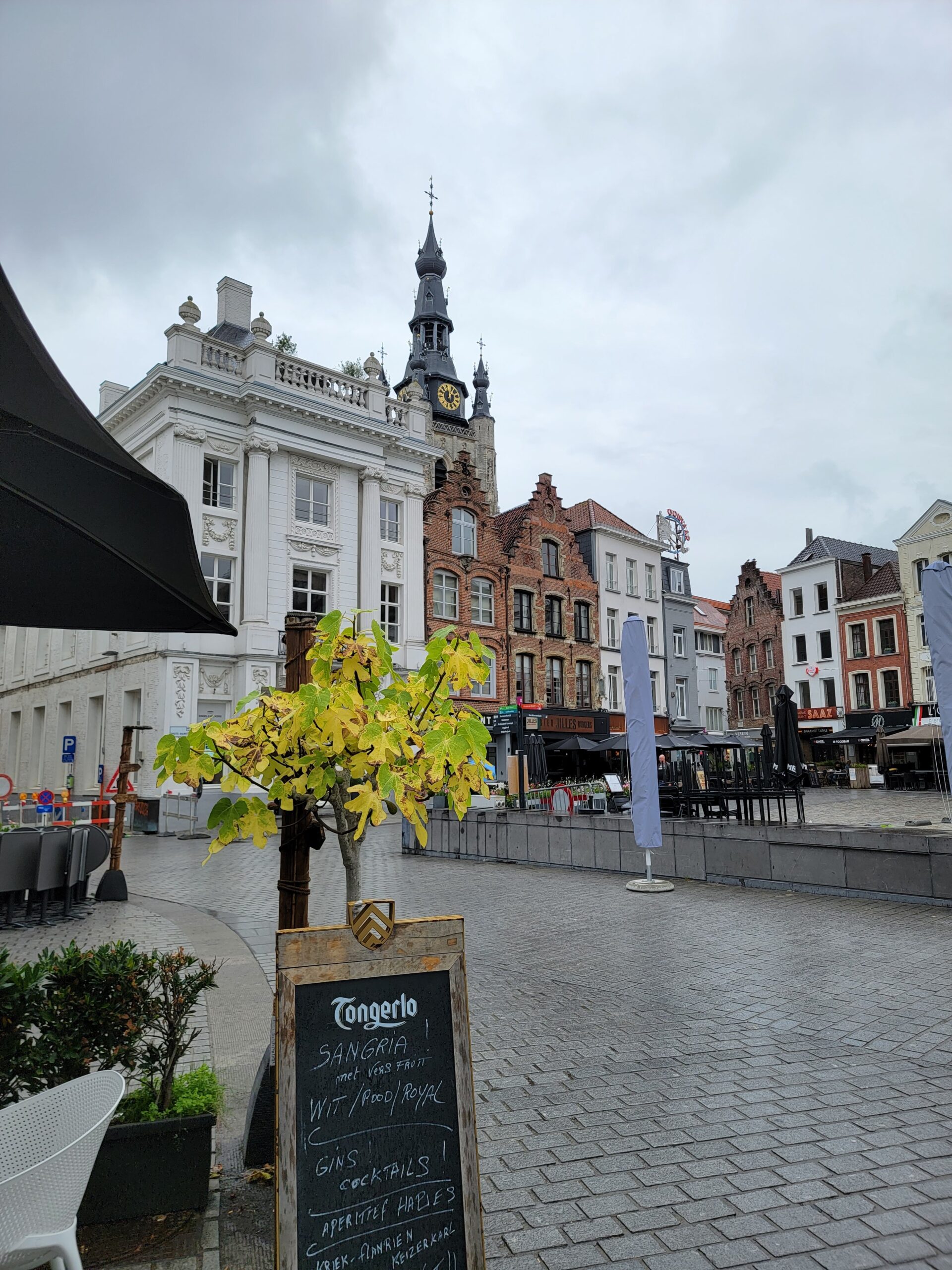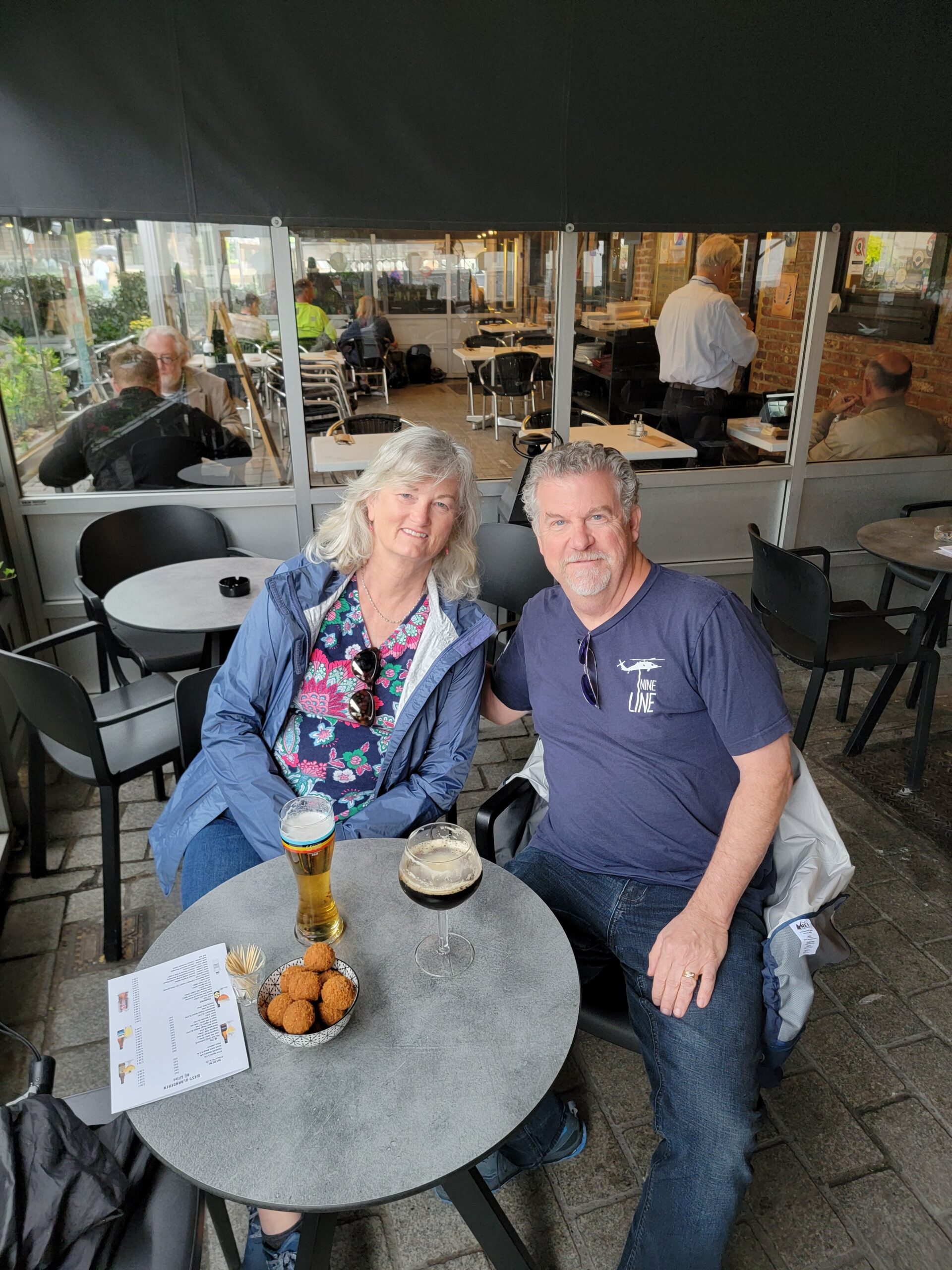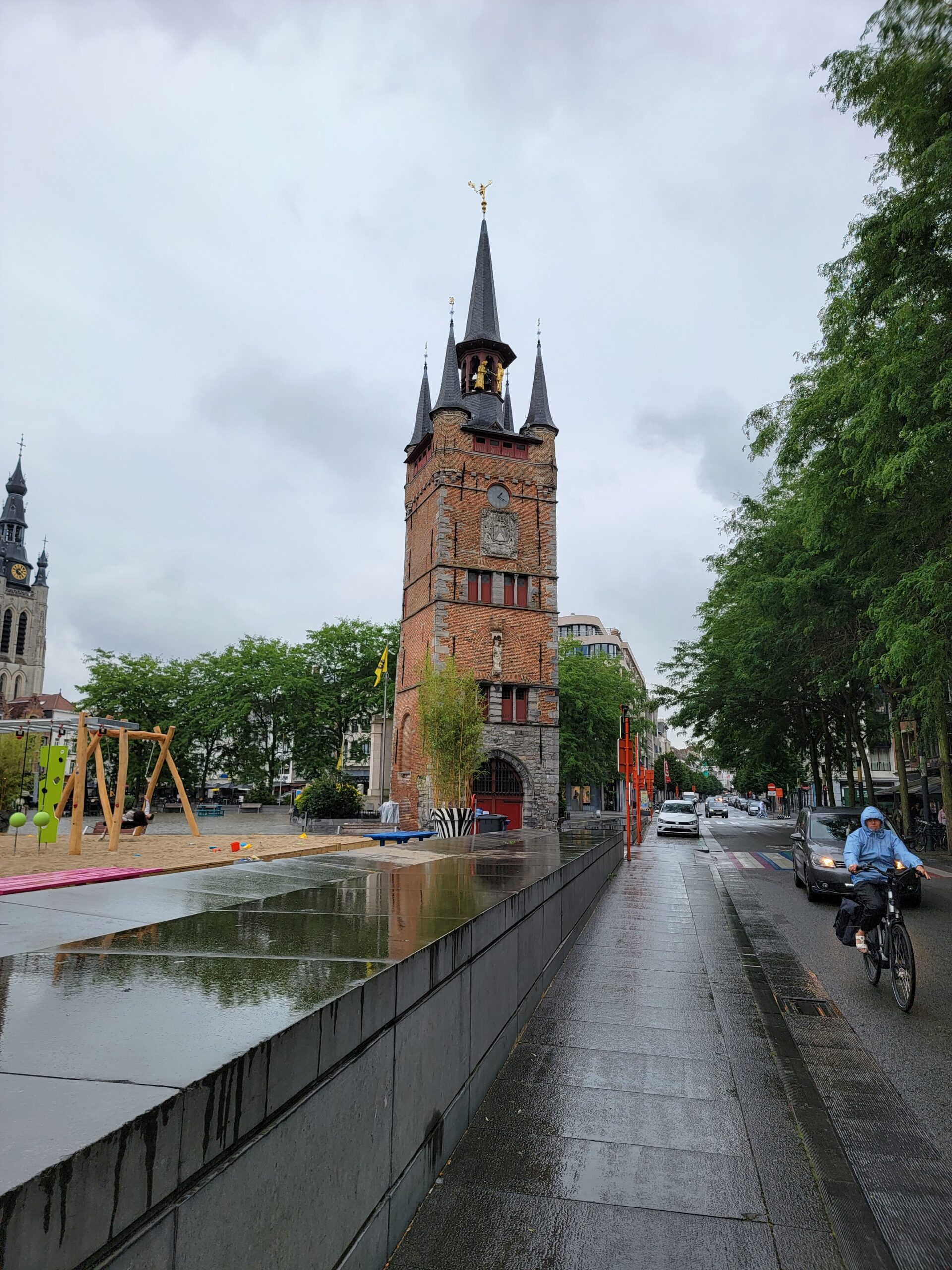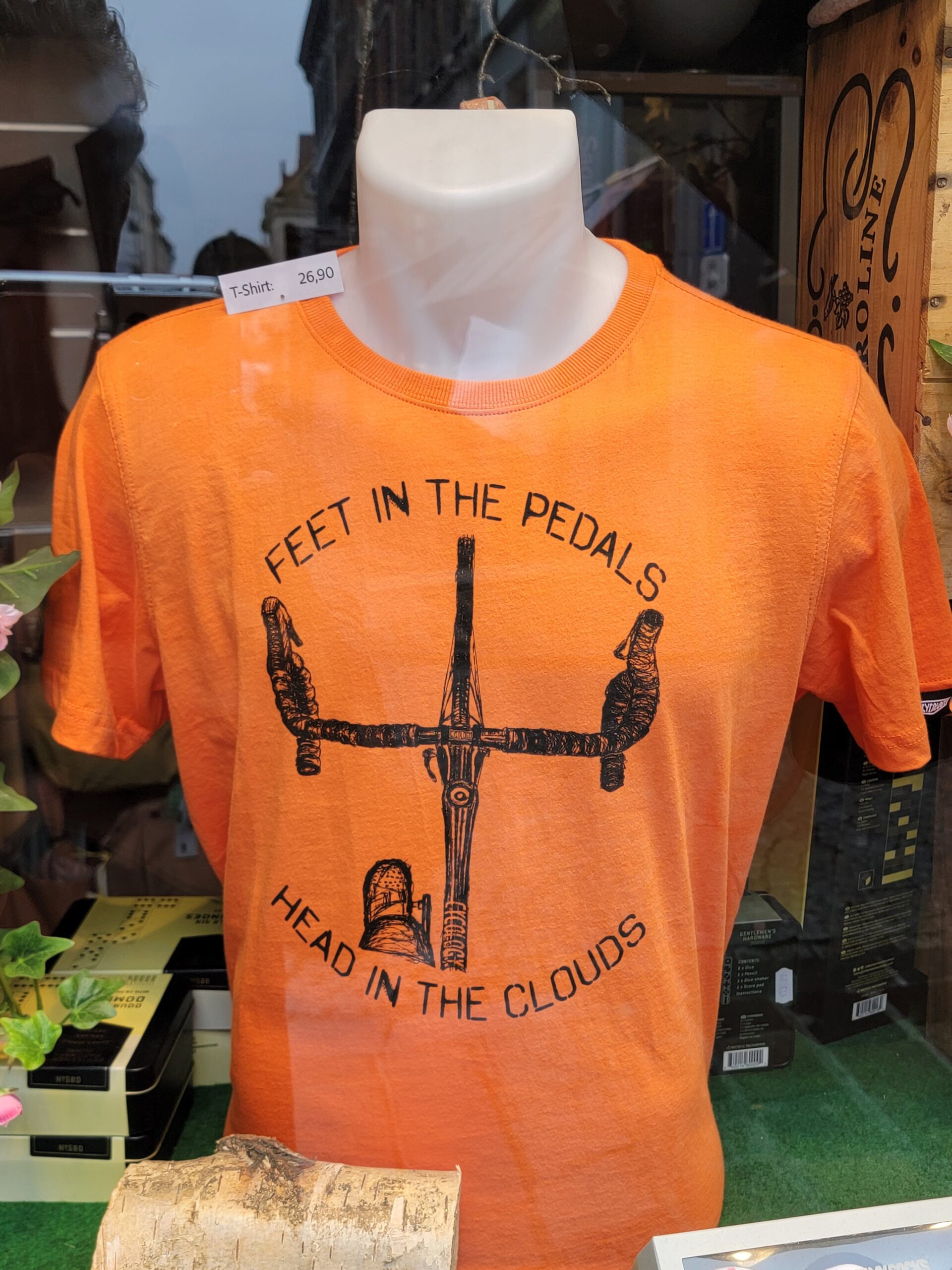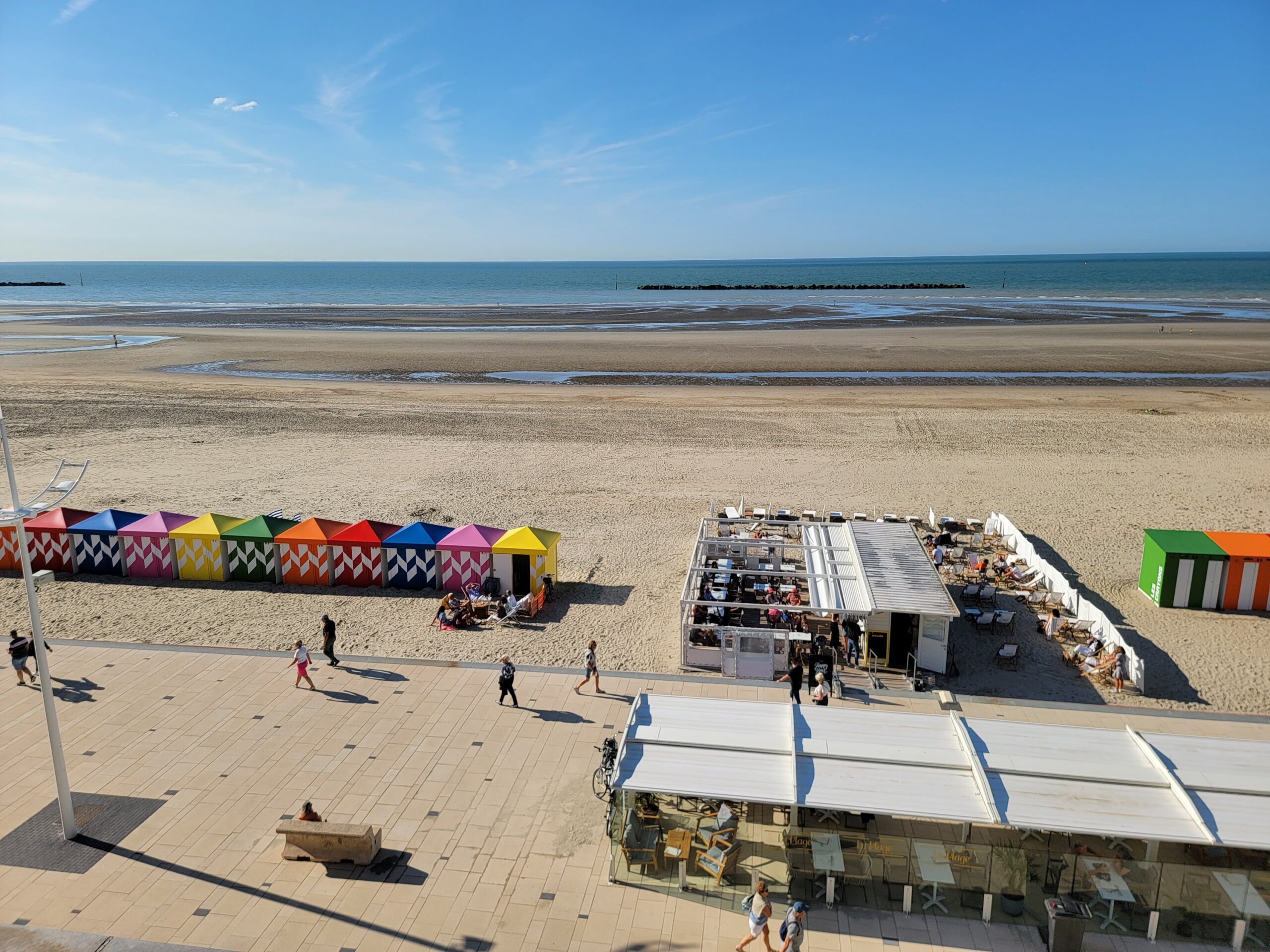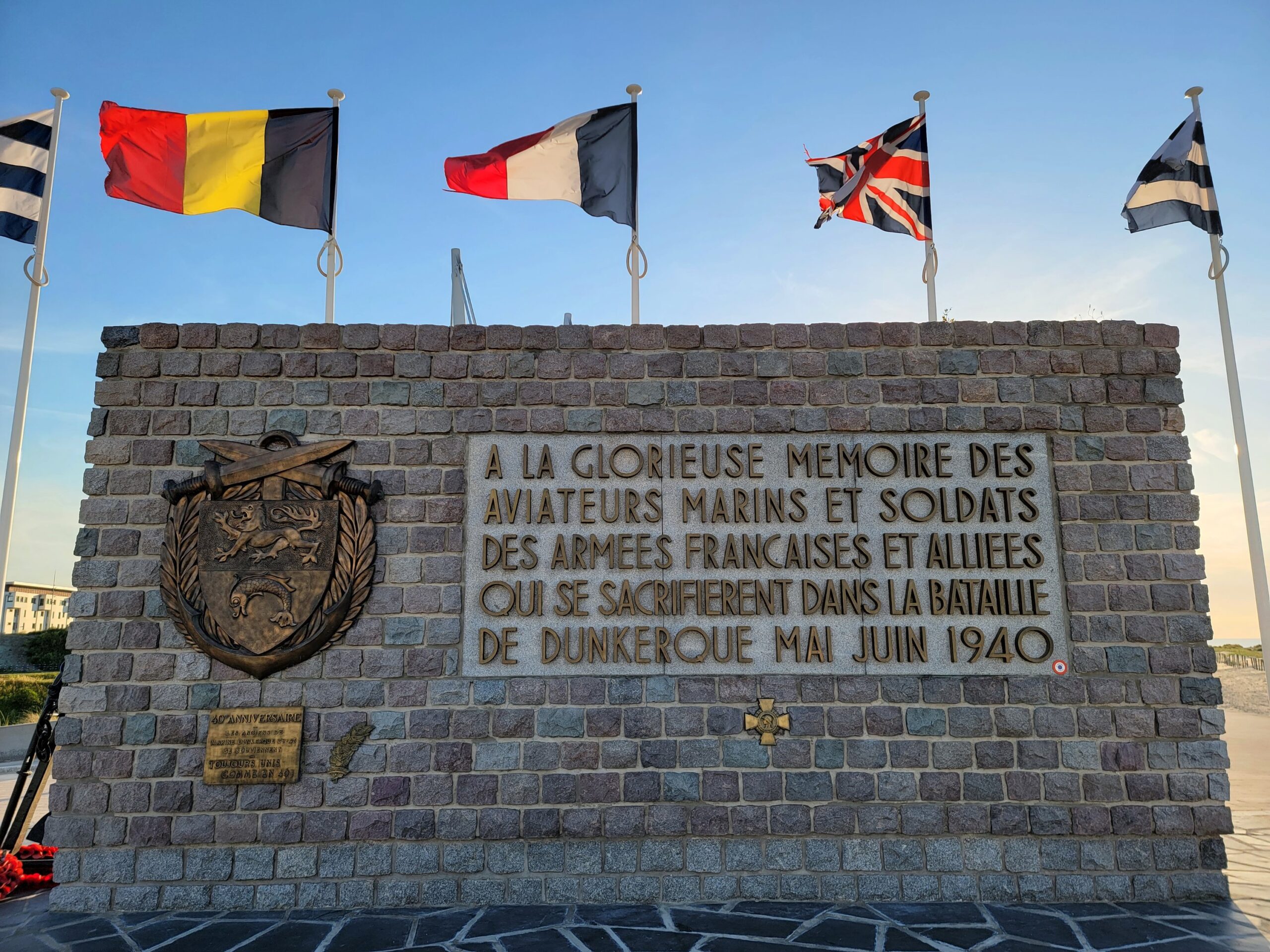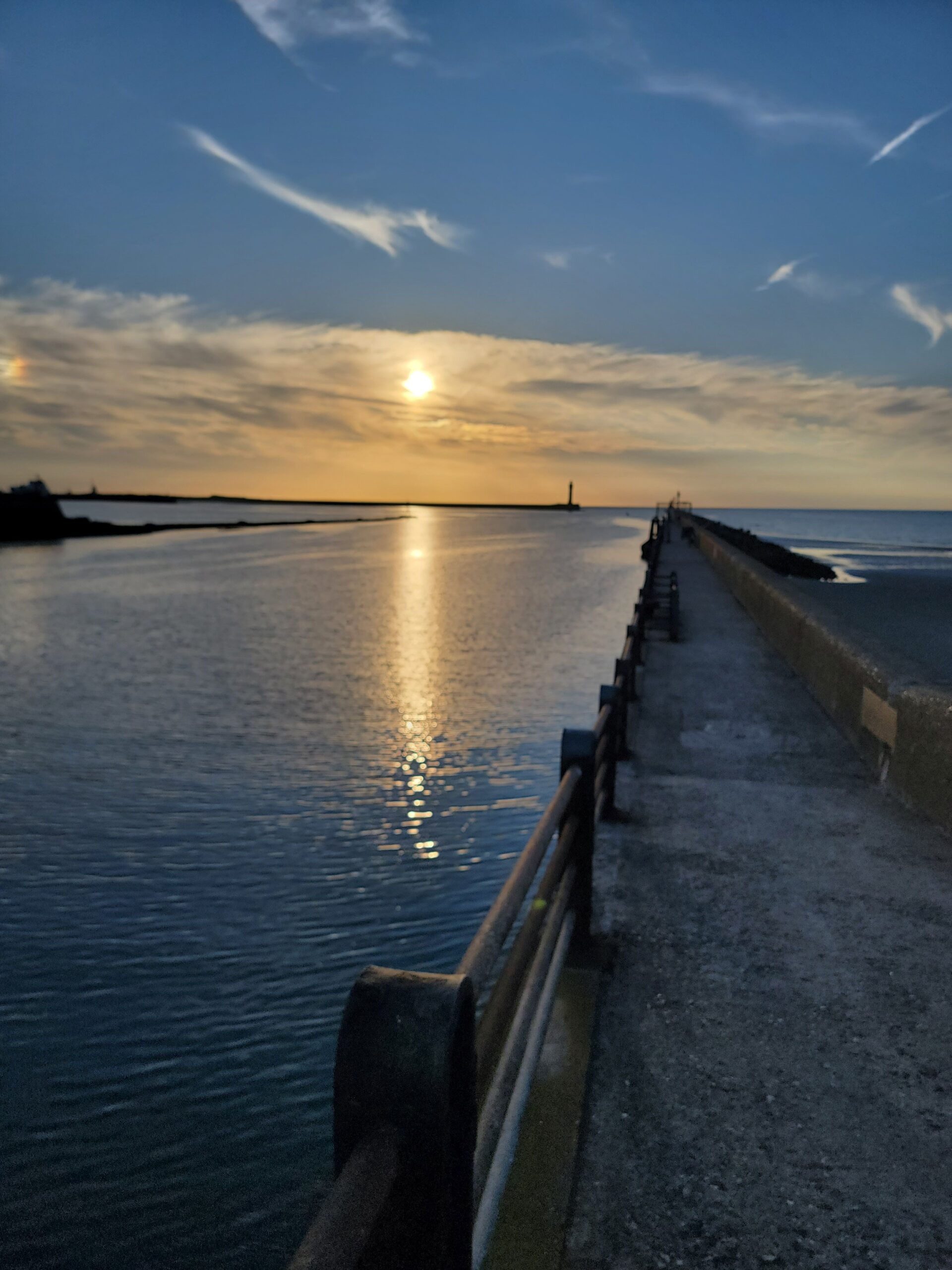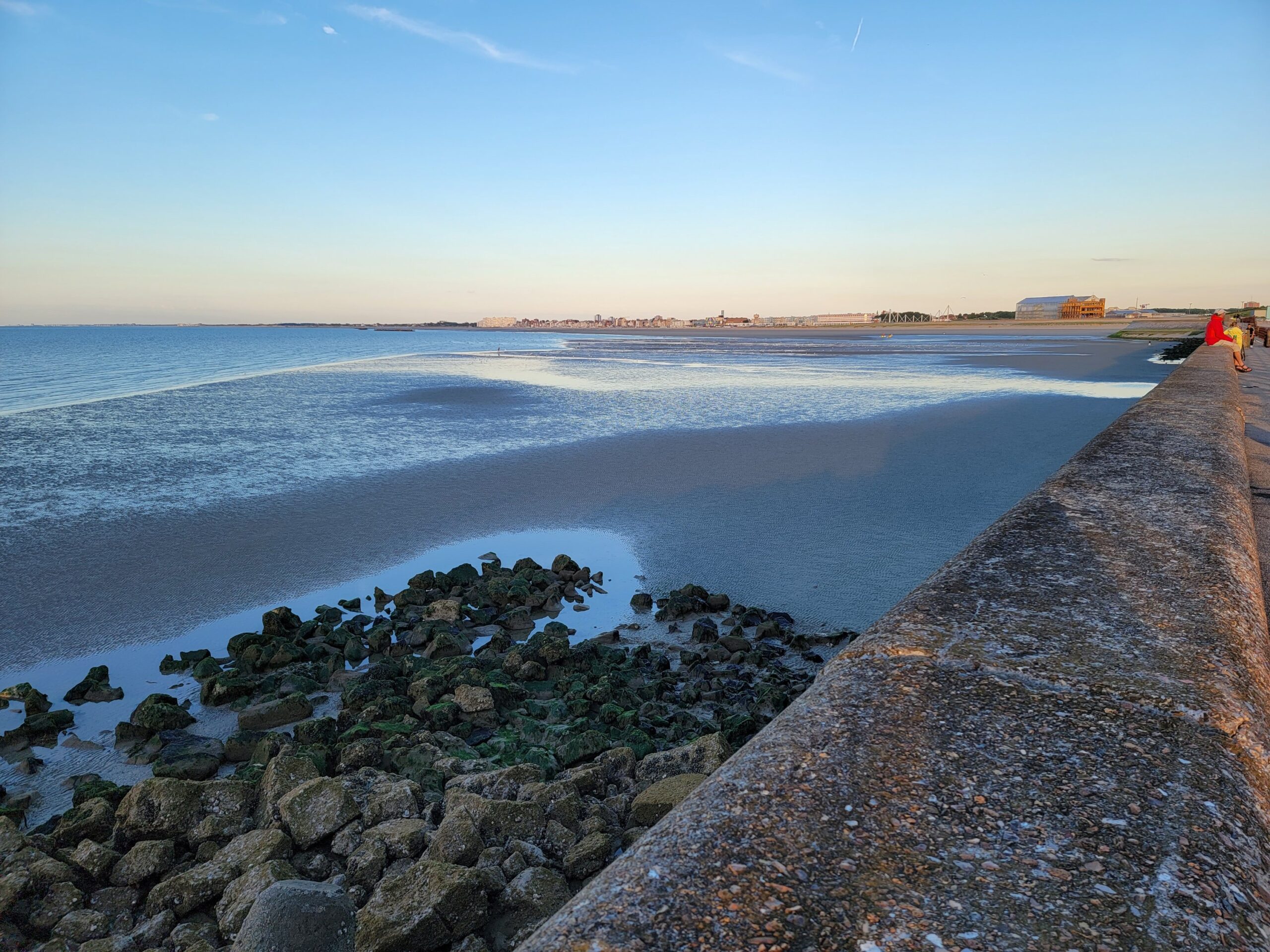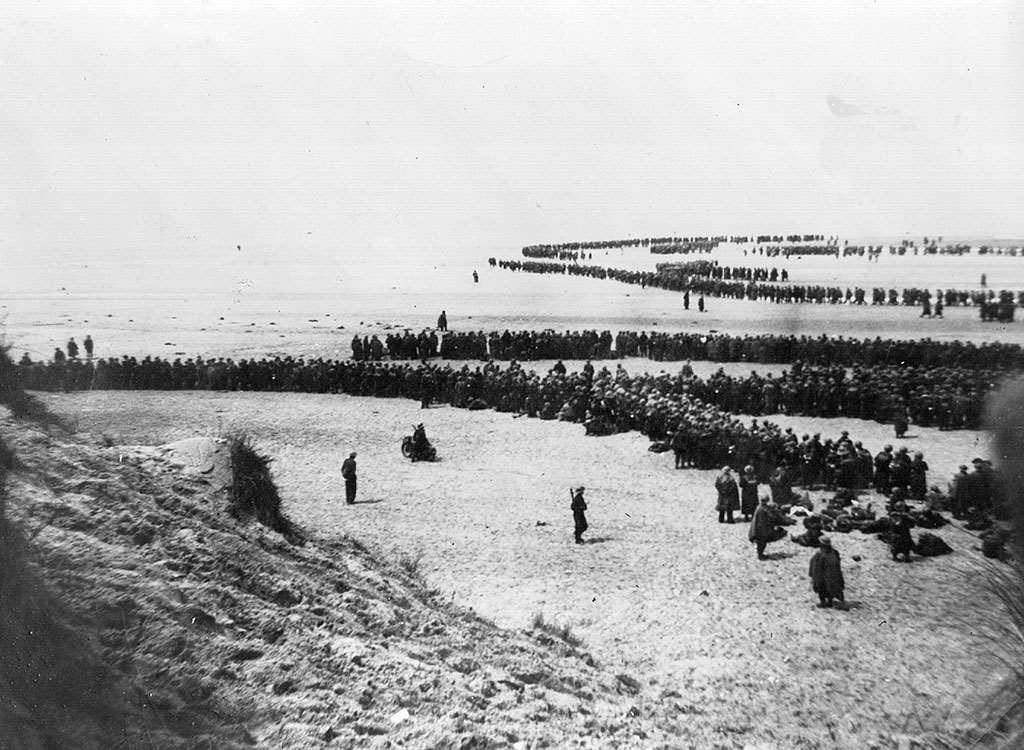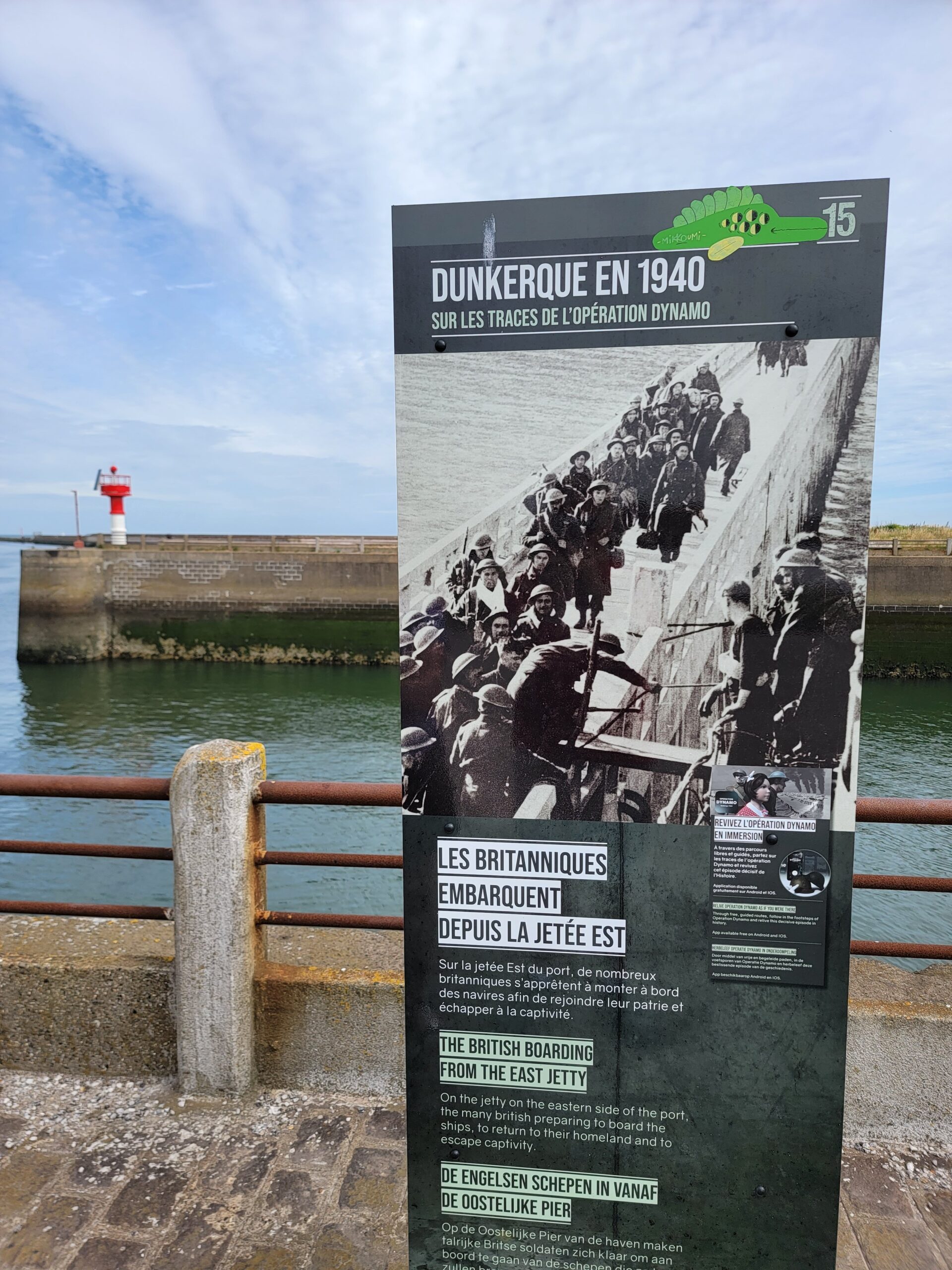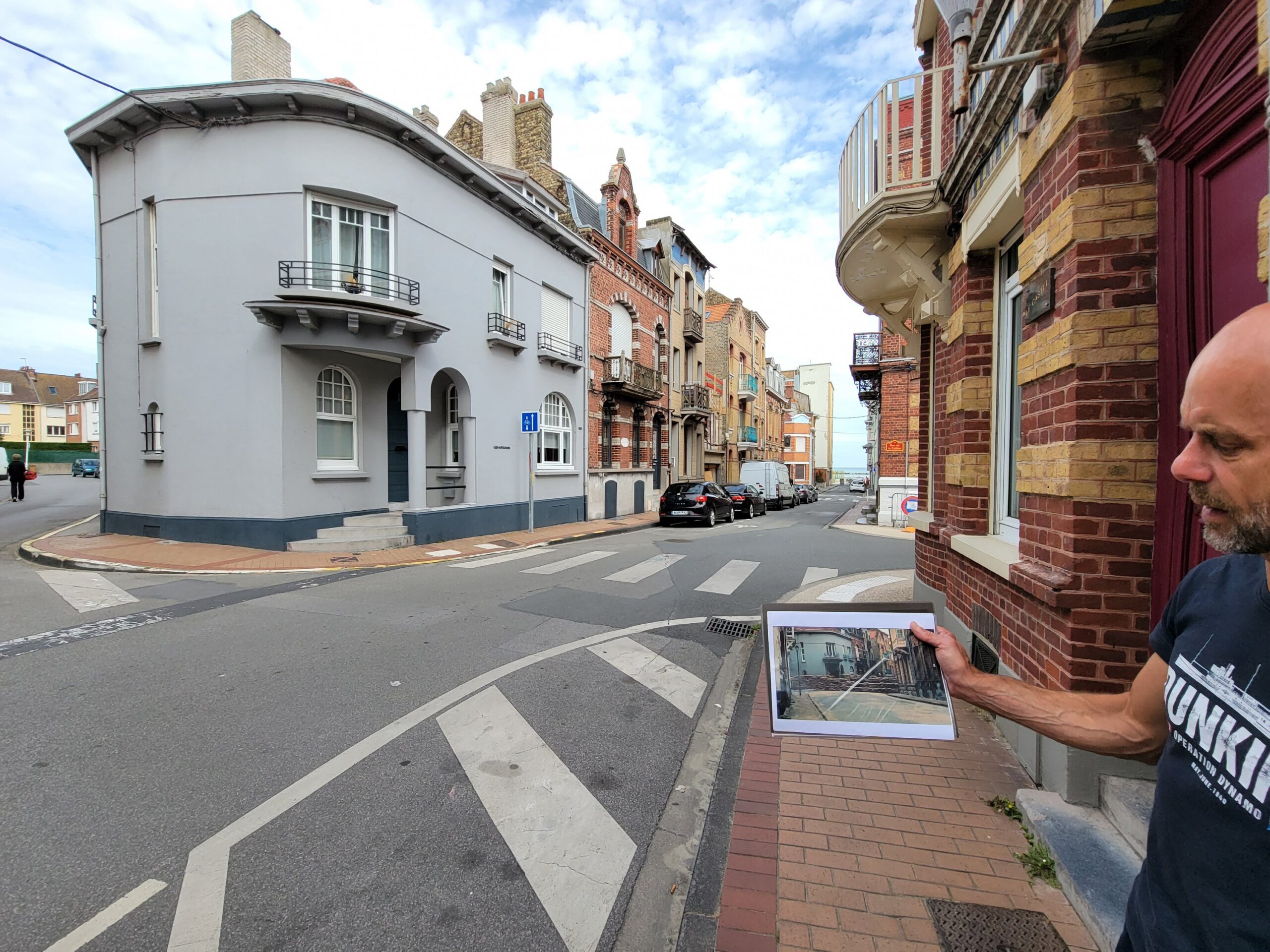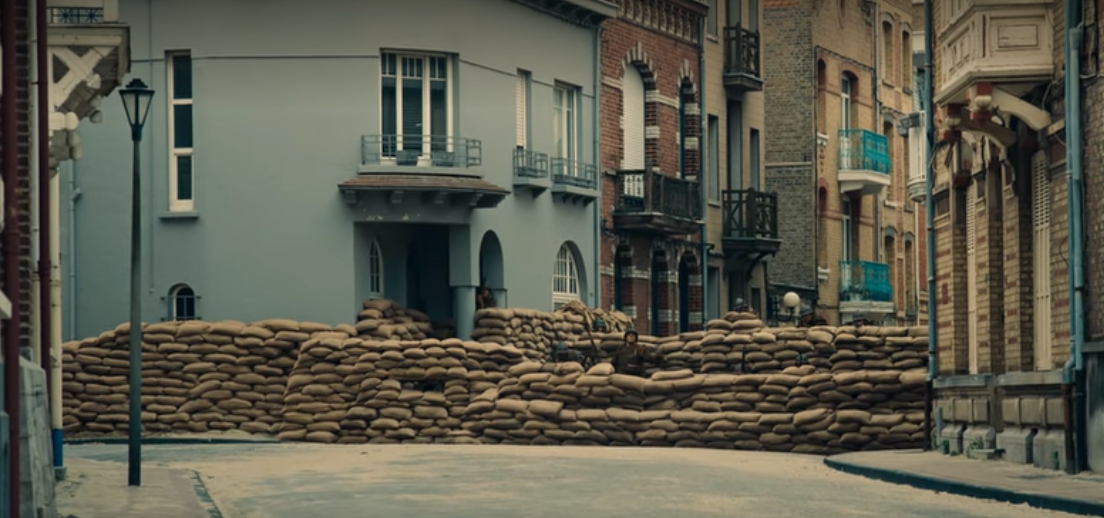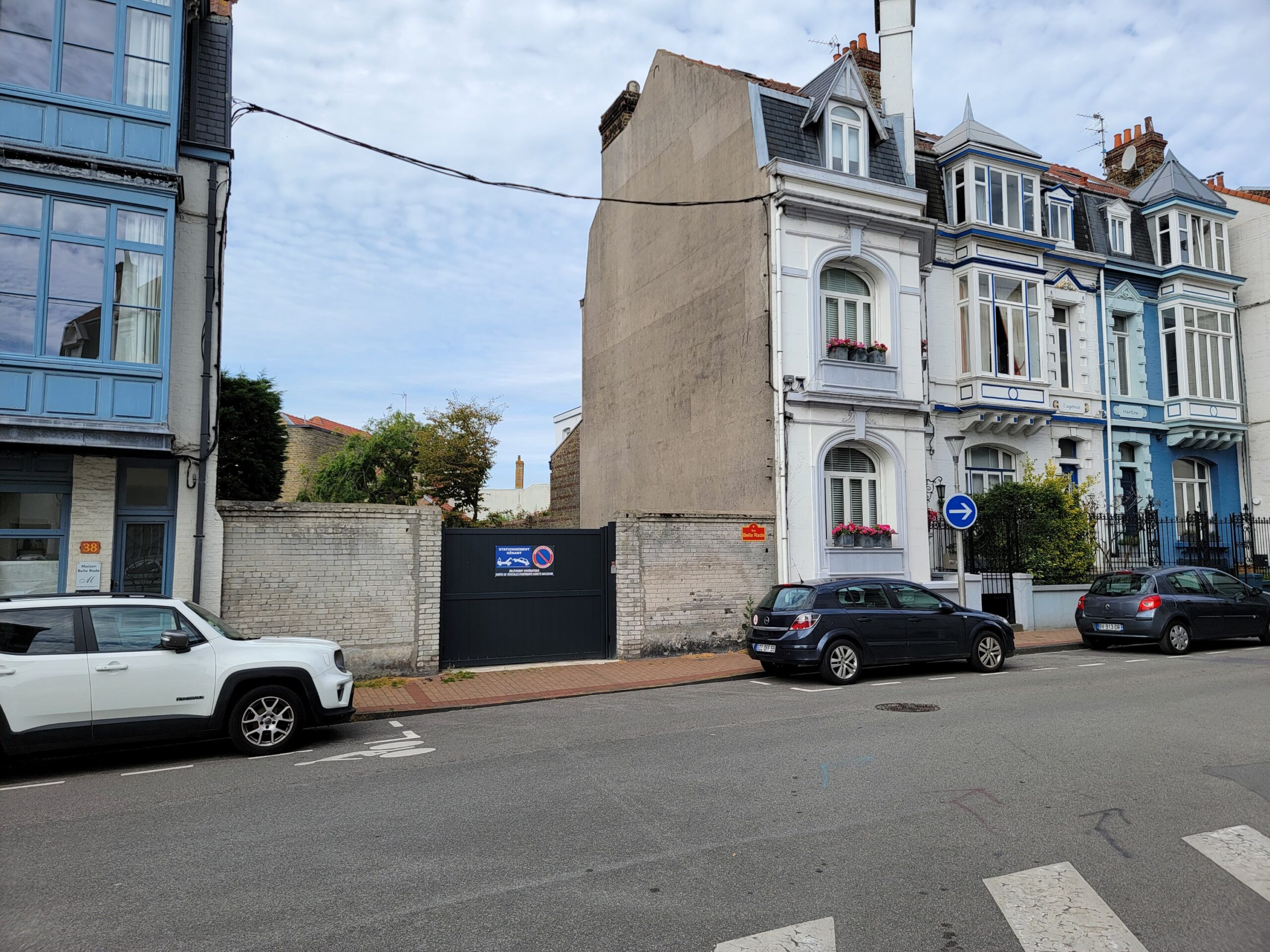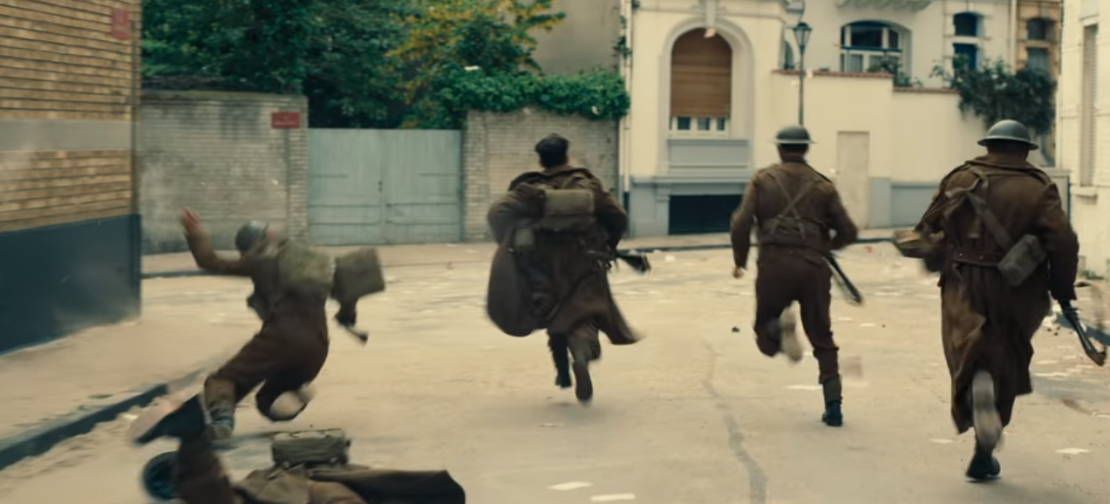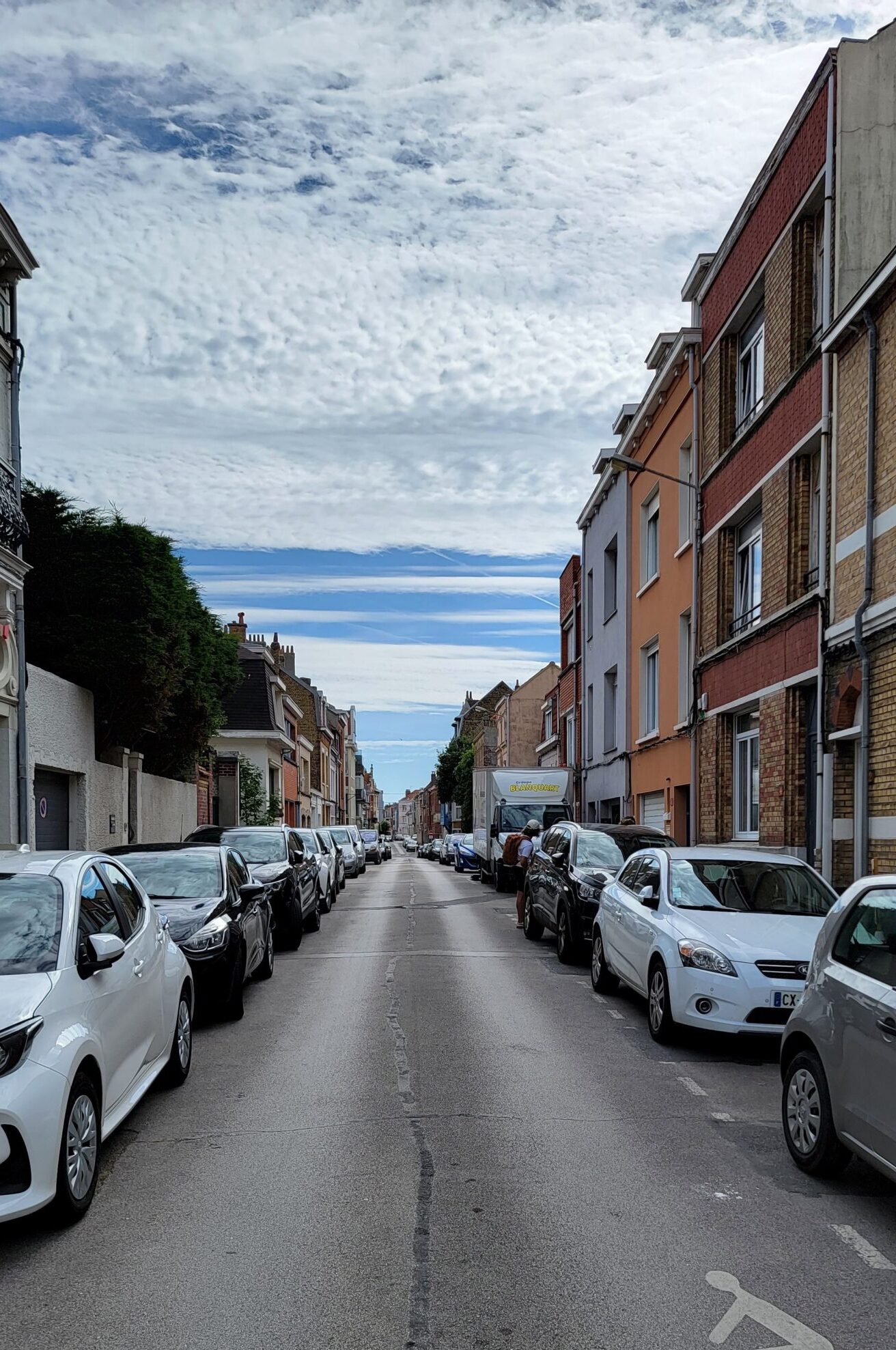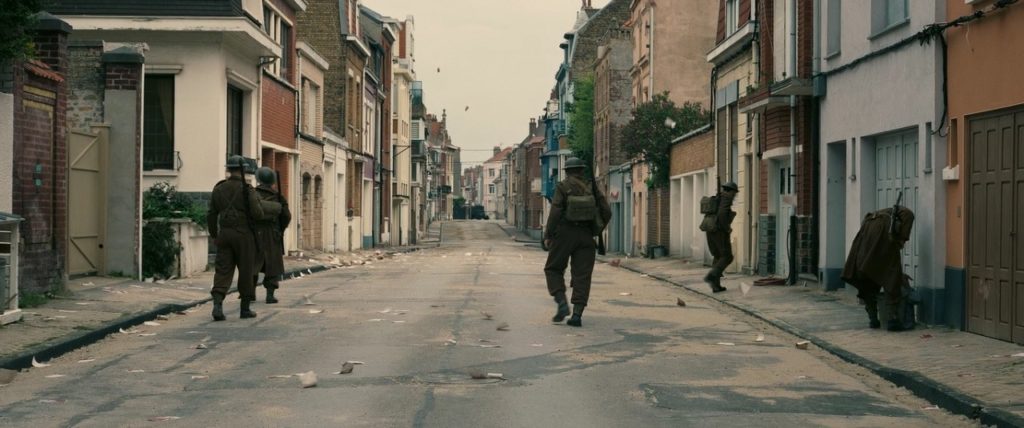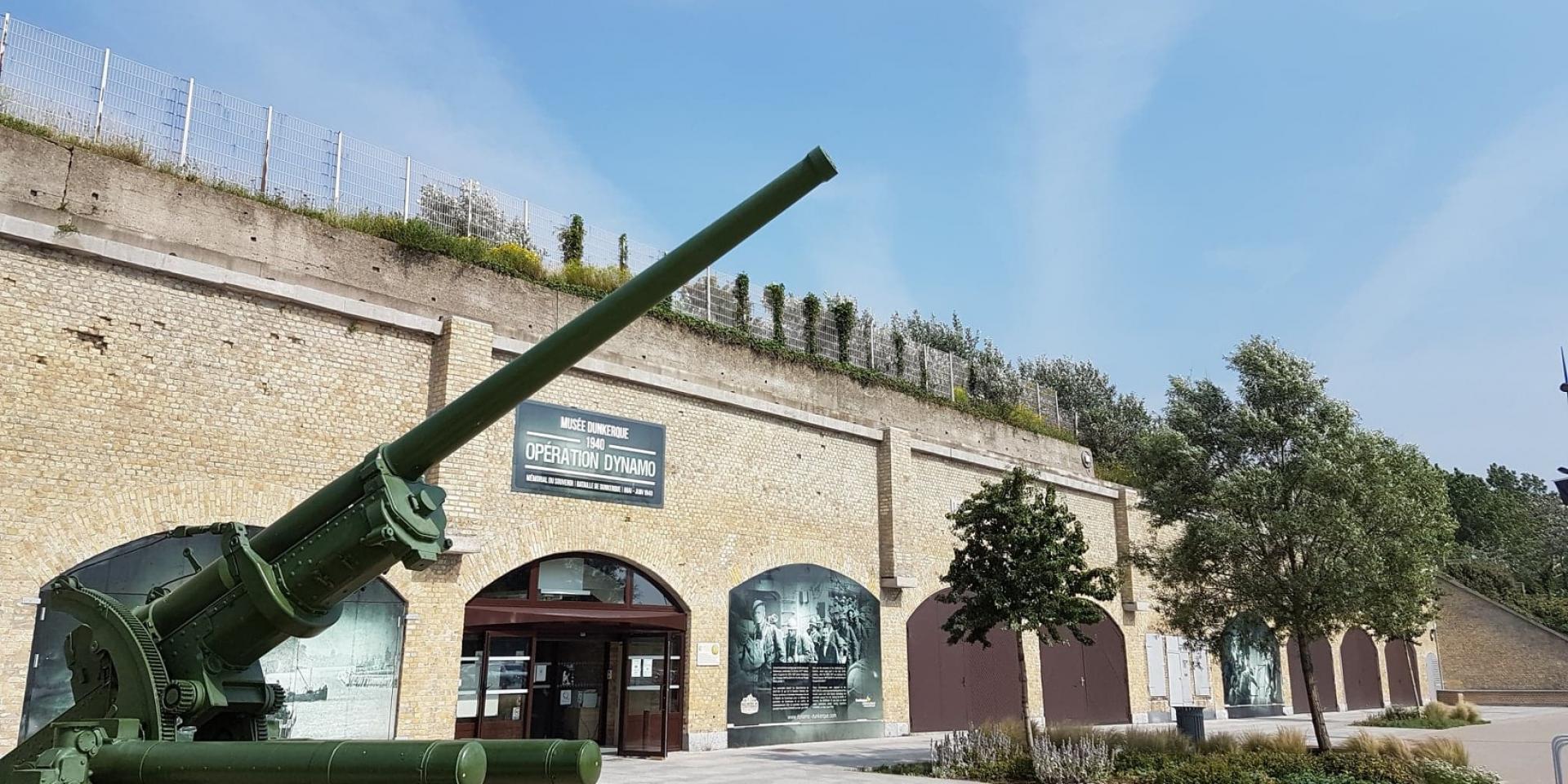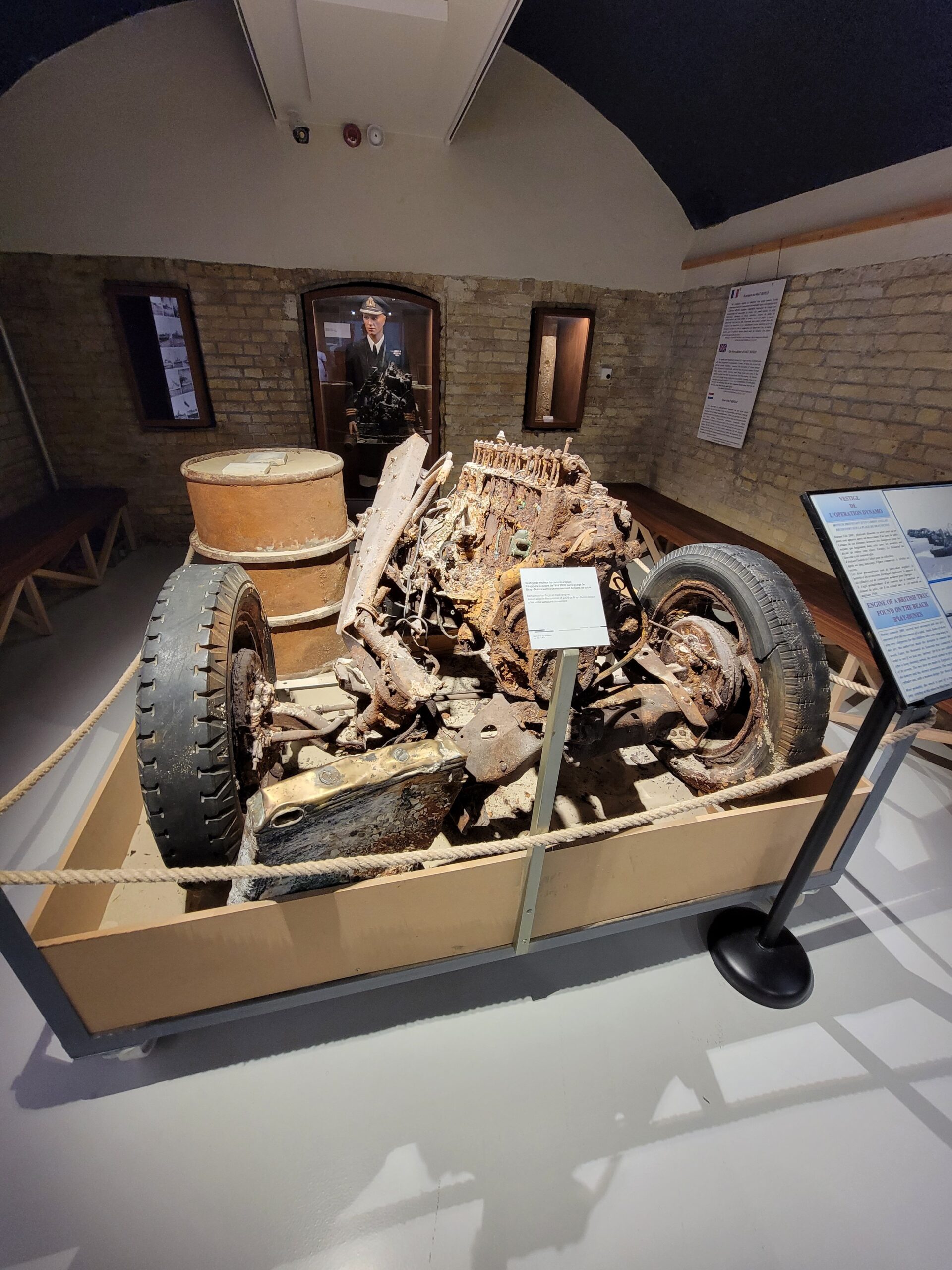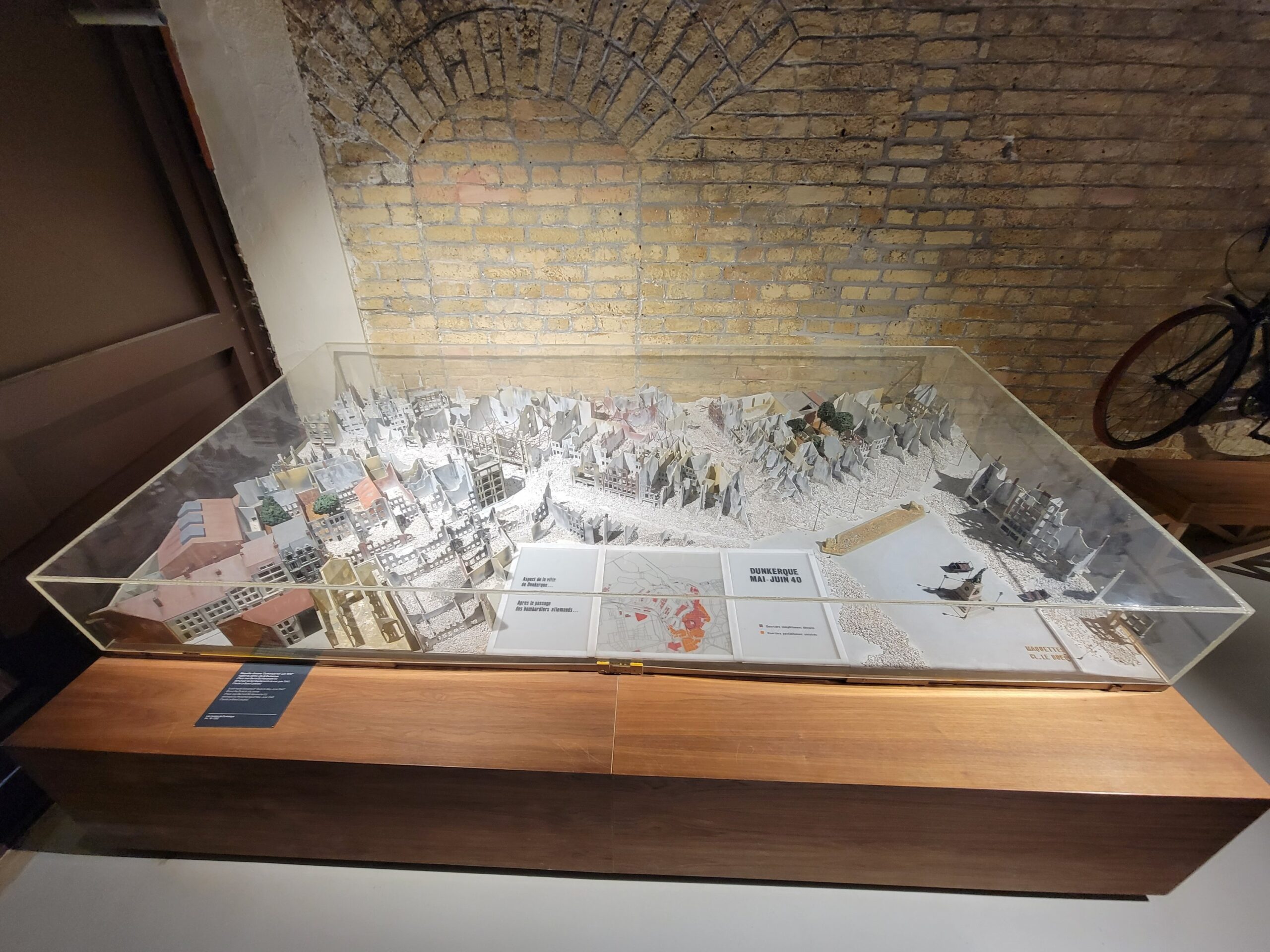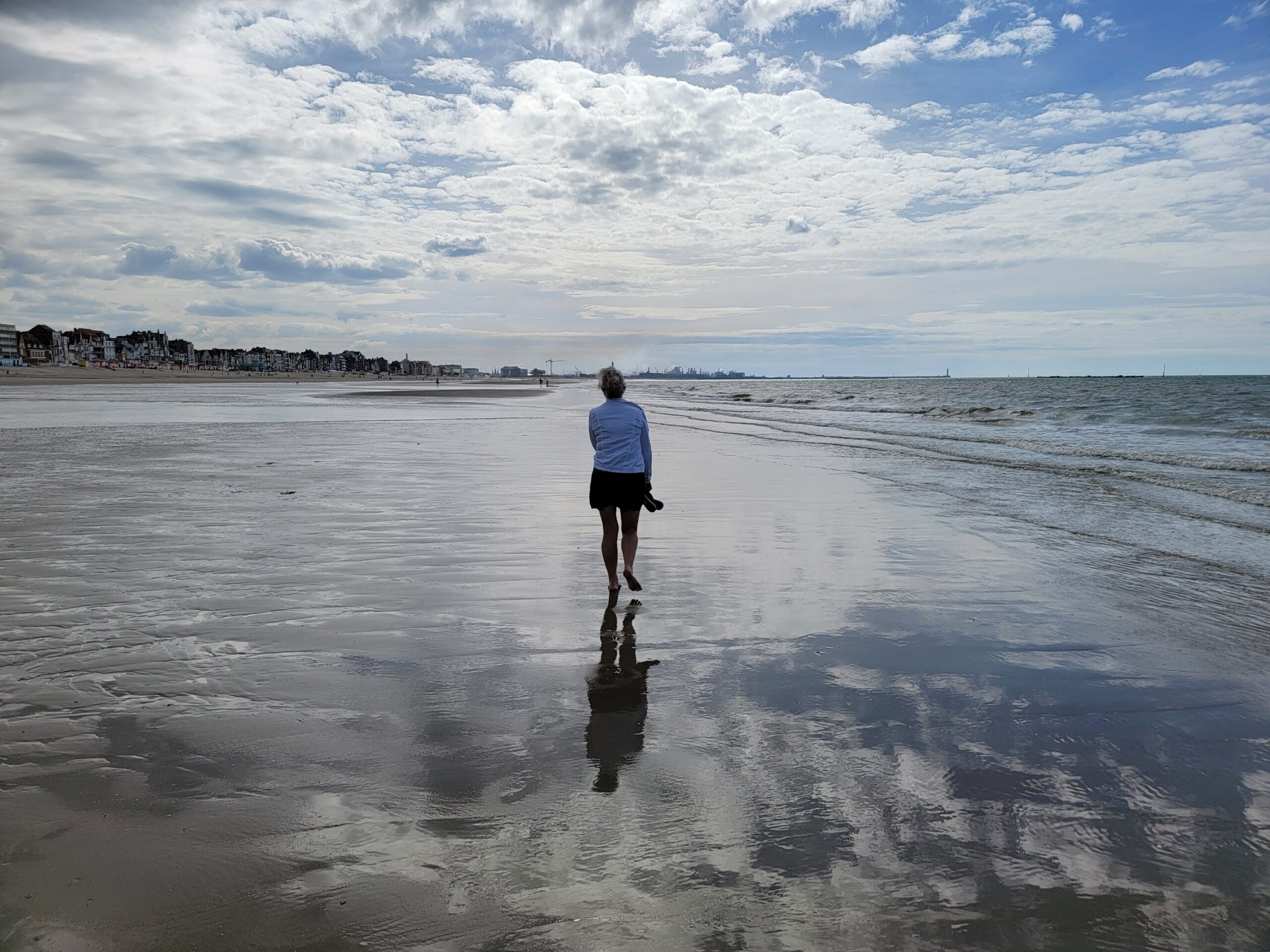We have used a company multiple times to take us from one city to another when the rail system wasn’t the most convenient (which is rare in Europe, but it happens). That company is Daytrip. They have been consistently excellent with their drivers, have always shown up early, and affordable for the excellent service they offer. One nice feature is their website recommends stops along the route you have chosen, and this time Daytrip recommended a one-hour stop in Kotrijk, Belgium, which we opted for.
The city dates back to the Romans, with funeral pyres discovered that date back to the invasion of Britain in AD 43. The city is mostly known for the Battle of the Golden Spurs in 1302, when the Flemish massacred all of the French in Bruges. Kotrijk became ground zero for the French response, which of course the French lost. July 11 is an official Flemish holiday because of this victory. I’ll bet all of the French restaurants (there are a LOT in Belgium) are closed that day!
There was a play going on in the middle of town commemorating the battle, and our driver told us this happens every year. In the photo below you can see the Broel Towers with a “1302” advertisement at the foot of the closest tower. The near identical Broel Towers were built in the 14th and 15th century, one to control traffic on the river Lys, and the other as an armory.
Here is a shot of the Saint-Martin church, which remains the tallest building in the city at 272 feet. The church was built in the 13th century, but was mostly rebuilt in the 15th century after a fire. I gotta say, the interior wasn’t very impressive, although Europe is filled with beautiful churches, so I tend to have high expectations.
We only had an hour so we stopped at a small cafe in the Grote Markt and had some Belgian beer and one of their specialties, cheese croquettes. Yum!
This is the Belfort of Courtrai. Courtrai is the old name for Kotrijk. The belfort (Flemish word for belfrey) was built in 1307, and was used to house the treasury and municipal archives. It is a UNESCO world heritage site.
On the way back to the car we saw this Joe Biden t-shirt in a store. Man these guys are quick to respond to one of his screw-ups!
On to Bruges!
